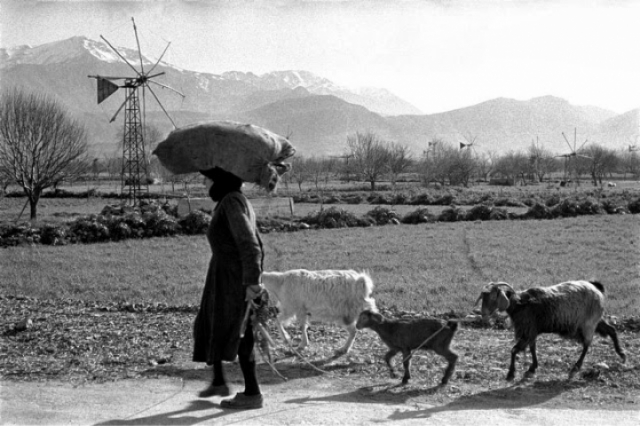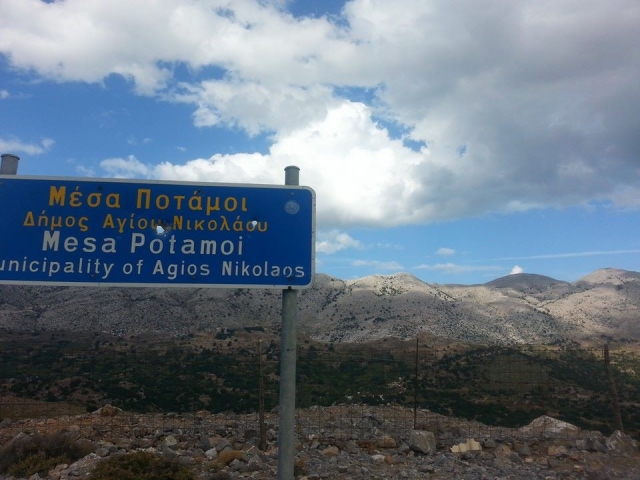Νομός: Λασιθίου

Μέρη κοντινά με Άγιος Παντελεήμων Ζάρωμα
Tzermiado - the biggest village of the Lasithi plateau. The picturesque village of Tzermiado is located west of Agios Nikolaos, on the wonderful Lasithi Plateau which is a magnificent place favoured by nature and one of the few areas of the Mediterranean to be constantly inhabited despite the fact that it is lying at an altitude of almost 850 m. The Plateau is located on the west side of Mt. Dikti and enjoys a particularly mild and healthy climate.
Tzermiado is lying on the slopes of Mt. Selena, a part of the assembly line of Mount Dikti (Dikti Mountains). It was founded during the 15th century and is the biggest village on the plateau with 1000 inhabitants. There are a few accommodations as well as excellent tavernas and traditional cafes.
The surrounding area of Tzermiado features numerous sites such as archaeological finds from the Minoan period, the Trapeza or Kronio cave and the gorge of Havgas
.
The name of the village is owed to the first settlers in the period of the Venetian domination. In the whole area in and around Germiado, there have been found vessels dated to the Middle Minoan period, potsherds, Roman coins and bronze items. The number and the variety of the finds show that the area has been inhabited at least as early as the Minoan period.
Ποτάμοι Έξω & Μέσα
Το πιο ορεινό χωριό του Δήμου Αγίου Νικολάου σε υψόμετρο από 840 έως 880 μ. Όλοι οι οικισμοί είναι κτισμένοι μέσα στο πράσινο, στις ρεματιές και στις πλαγιές της Σελένας, του ιστορικού για τον τόπο μας βουνού που πιθανότατα οφείλει το όνομά του στη Σελήνη, τη δωρική Σελάνα. Εκατοντάδες πηγές μικρές και μεγάλες με δροσερό και πεντακάθαρο νερό ποτίζουν τους κάμπους, όπου καλλιεργούνται λαχανικά, μηλιές, καρυδιές και αμπέλια και είναι κατάφυτο με αιωνόβια πλατάνια , πρίνους, καστανιές και βελανιδιές.
Ανατολικά του χωριού Τζερμιάδωνσε υψόμετρο 860 μ βρίσκεται το σπήλαιο της Τραπέζας ή Κρόνιο όπου σύμφωνα πάλι με τη μυθολογία γεννήθηκε ο Κρόνος ο πατέρας του Δία και υπήρξε σπουδαίος λατρευτικός χώρος με τη φήμη του να απλώνεται ακόμα και στις χώρες της ανατολής, έως ότου μεταφερθεί στο Δικταίο Άνδρο οπότε και παρήκμασε.
Αποτελείται από δύο αίθουσες με ανάπτυξη σε κόγχες, όπου και εντοπίζονται όστρακα και οστά. Το σπήλαιο ανασκάφηκε συστηματικά, το 1935, από τον Pendlebury, όπου και αποκαλύφθηκε η χρήση του κατά τη Νεολιθική, Πρώιμη Μινωική και Μέση Μινωική περίοδο.











